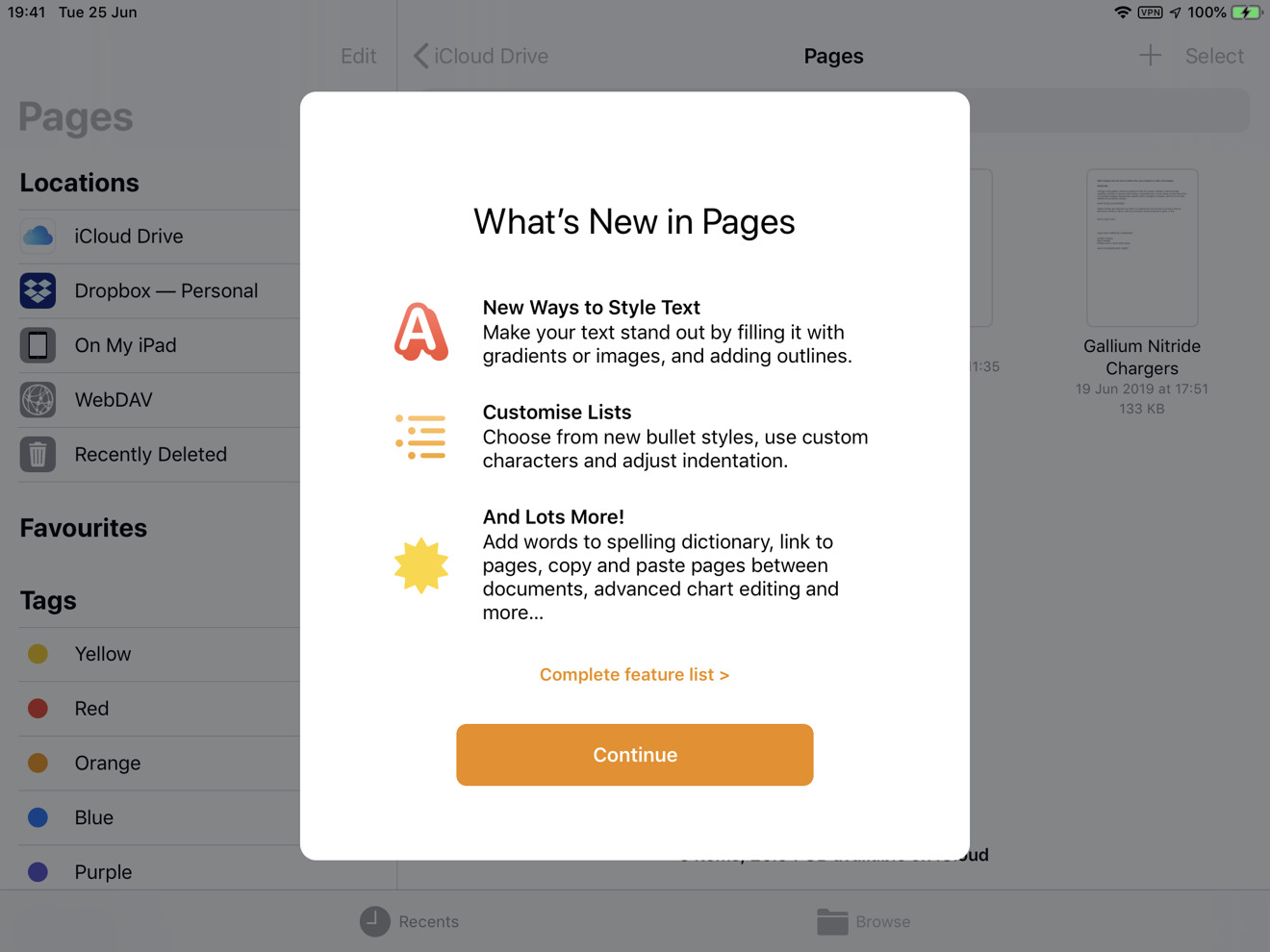1. No, you can't lock it but keep it open. When you right click on a word and choose Look up..... the dictionary window will automatically come to the front. The dictionary and thesaurus is a Snow Leopard feature and not specific for Pages. In Pages it is best to keep it opened as it can't search for a word at the first attempt when opening the window.
2. No there isn't a quicker way originally. You could try to create your own hot keys as you can for all option in a menu. Go to System preferences > Keyboard > Keyboard shortcuts (or similar) > Applications. Select. Click on the plus sign to add a new shortcut. Choose All applications or choose Pages. Write the menu option exactly as it is in the menu. Assign the keys for it. Click on add. Try it out!
I forgot to say you have to select the whole word first before using you shortcut.
Nov 16, 2010 12:18 AM
OS X is Apple's operating system that runs on Macintosh computers. It was first released in 2001 and over the next few years replaced Mac OS 9 (also known as Mac OS Classic) as the standard OS for Macs. It was called 'Mac OS X' until version OS X 10.8, when Apple dropped 'Mac' from the name.
OS X was originally built from NeXTSTEP, an operating system designed by NeXT, which Apple acquired when Steve Jobs returned to Apple in 1997. Like NeXTSTEP, OS X is based on Unix and uses the same Mach kernel. This kernel provides OS X with better multithreading capabilities and improved memory management compared to Mac OS Classic. While the change forced Mac developers to rewrite their software programs, it provided necessary performance improvements and scalability for future generations of Macs.

The OS X desktop interface is called the Finder and includes several standard features. OS X does not have a task bar like Windows, but instead includes a menu bar, which is fixed at the top of the screen. The menu bar options change depending on what application is currently running and is only hidden when full screen mode is enabled. The Finder also includes a Dock, which is displayed by default on the bottom of the screen. The Dock provides easy one-click access to frequently used applications and files. The Finder also displays a user-selectable desktop background that serves as a backdrop for icons and open windows.
The built-in Dictionary app in macOS is hardly the sexiest piece of software out there, but it is a crucially overlooked resource. When combined with the context menu’s “Look Up” function, it makes both learning words and using words correctly far easier. This document is a Mac OS X manual page. Manual pages are a command-line technology for providing documentation. You can view these manual pages locally using the man(1) command. These manual pages come from many different sources, and thus, have a variety of writing styles.
When you start up a Mac, OS X loads automatically. It serves as the fundamental user interface, but also works behind the scenes, managing processes and applications. For example, when you double-click an application icon, OS X launches the corresponding program and provides memory to the application while it is running. It reallocates memory as necessary and frees up used memory when an application is quit. OS X also includes an extensive API, or library of functions, that developers can use when writing Mac programs.
(pages_42%2C43).pdf/page1-1240px-An_Etymological_Dictionary_of_the_Scottish_Language_(published_1880)(pages_42%2C43).pdf.jpg)
Best Dictionary For Mac
While the OS X interface remains similar to the original version released in 2001, it has gone through several updates, which have each added numerous new features to the operating system. Below is a list of the different versions of OS X, along with their code names.
Mac Os X Pages Dictionary Search

- Mac OS X 10.0 (Cheetah)
- Mac OS X 10.1 (Puma)
- Mac OS X 10.2 (Jaguar)
- Mac OS X 10.3 (Panther)
- Mac OS X 10.4 (Tiger)
- Mac OS X 10.5 (Leopard)
- Mac OS X 10.6 (Snow Leopard)
- Mac OS X 10.7 (Lion)
- OS X 10.8 (Mountain Lion)
- OS X 10.9 (Mavericks)
- OS X 10.10 (Yosemite)
Mac Os X Pages Dictionary Free
Updated: December 31, 2014